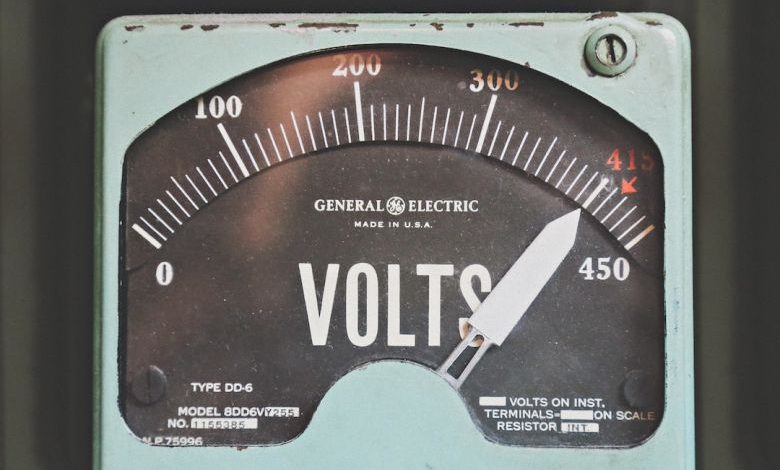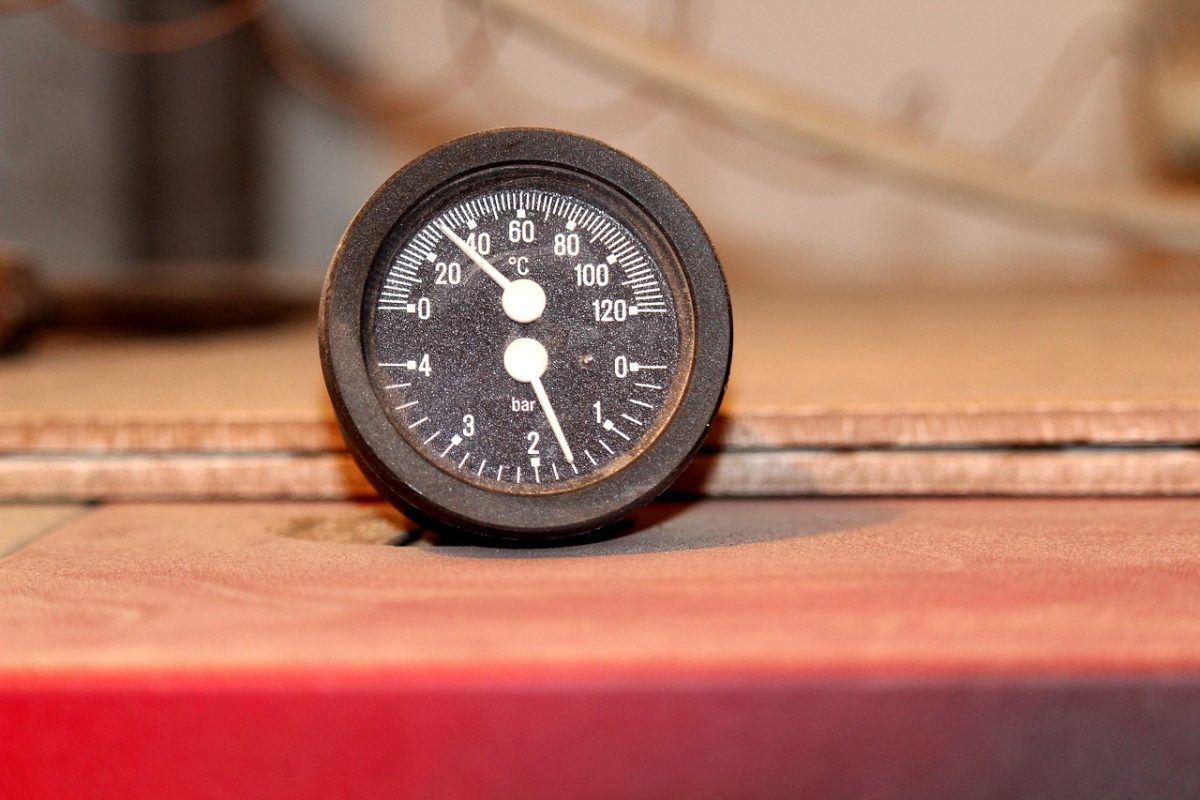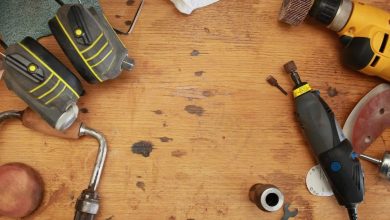Your Ultimate Guide to Electric Sanders

When it comes to sanding, an electric sander can be your best friend. Whether you’re a professional woodworker or a DIY enthusiast, having the right tools is essential. In this ultimate guide, we’ll explore everything you need to know about electric sanders, from the different types available to how to use them effectively.
Types of Electric Sanders
1. Belt Sanders
Belt sanders are powerful tools that use a continuous loop of sandpaper wrapped around two rollers. They are perfect for removing large amounts of material quickly and efficiently. Belt sanders are commonly used for sanding large flat surfaces, such as tabletops or floors.
2. Orbital Sanders
Orbital sanders, also known as finishing sanders, have a square or rectangular sanding pad that moves in a random orbital pattern. They are ideal for smoothing out surfaces and removing small imperfections. Orbital sanders are versatile and can be used on various materials, including wood, metal, and plastic.
3. Random Orbital Sanders
Random orbital sanders combine the best features of belt and orbital sanders. They have a circular sanding pad that moves in both an orbital and rotational motion. This dual-action movement ensures a swirl-free finish and is perfect for sanding curved or contoured surfaces.
4. Detail Sanders
Detail sanders, also known as corner sanders, are designed for reaching tight spaces and corners that other sanders can’t reach. They have a triangular sanding pad that allows for precise sanding in small areas. Detail sanders are commonly used for refinishing furniture or sanding intricate woodwork.
Choosing the Right Electric Sander
Now that you know the different types of electric sanders available, it’s important to choose the right one for your specific needs. Consider the following factors when making your decision:
1. Project Type
Think about the type of projects you’ll be working on. If you’re primarily sanding large surfaces, a belt sander might be the best choice. For smaller projects or finishing touches, an orbital or random orbital sander would be more suitable.
2. Power and Speed
Consider the power and speed settings of the sander. Higher power and variable speed options allow for more control and versatility. This is particularly important when working with different materials or when you need to remove material quickly.
3. Dust Collection
Dust collection is an essential feature to consider, especially if you’re working indoors or in a confined space. Look for sanders with effective dust collection systems or ones that are compatible with external dust extractors.
Using an Electric Sander
Now that you have the right electric sander, it’s time to put it to use. Follow these steps for effective sanding:
1. Prepare the Surface
Clean the surface you’ll be sanding to remove any dirt or debris. If needed, use a scraper or putty knife to remove any loose paint or varnish. This will ensure a smoother sanding process.
2. Select the Right Grit
Choose the appropriate grit sandpaper for your project. Coarse grits (60-80) are best for removing material, while finer grits (120-220) are ideal for smoothing and finishing.
3. Sand in the Right Direction
Always sand with the grain of the wood to avoid scratches and uneven surfaces. Move the sander in a back-and-forth or circular motion, applying even pressure.
4. Gradually Increase Grit
Start with a coarser grit and gradually work your way to a finer grit. This will ensure a smooth and even finish. Remember to clean the surface between grit changes to remove any dust or debris.
5. Finish and Clean Up
Once you’ve achieved the desired level of smoothness, wipe away any dust or debris with a clean cloth. If necessary, apply a finish or paint to protect the surface.
In conclusion, electric sanders are powerful tools that can make your sanding projects easier and more efficient. By understanding the different types of sanders available and how to use them effectively, you’ll be well-equipped to tackle any sanding task. Remember to choose the right sander for your specific needs and always follow proper safety precautions. Happy sanding!




